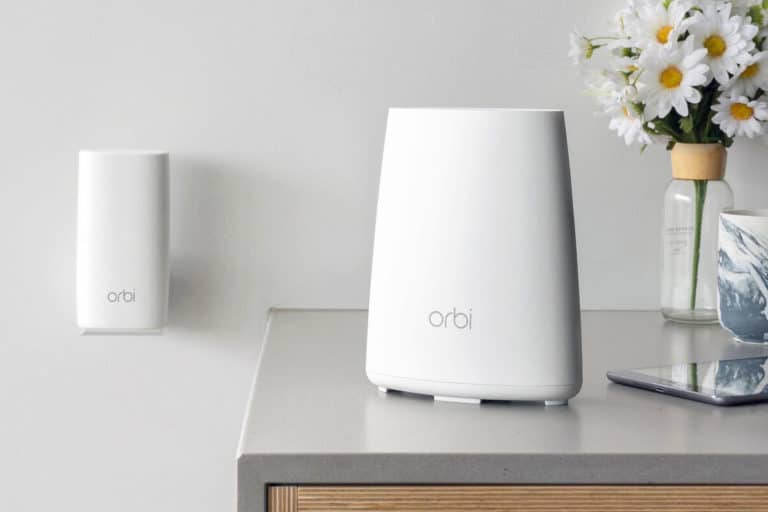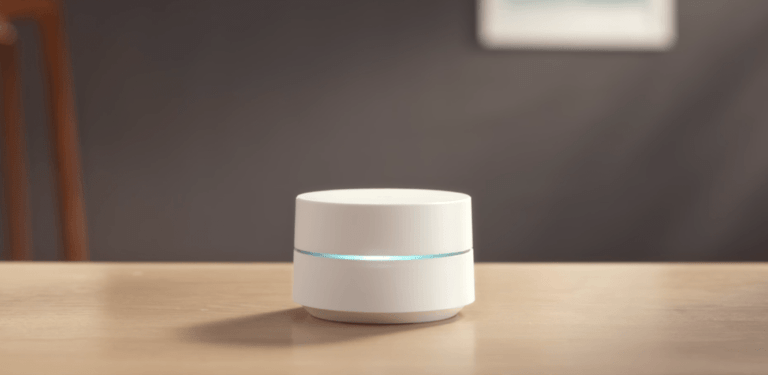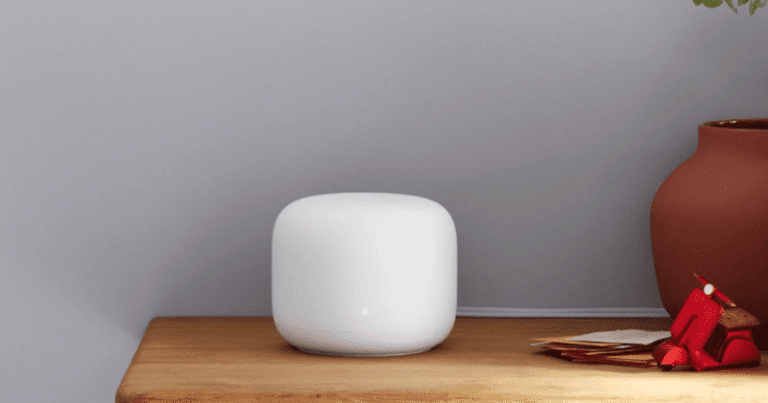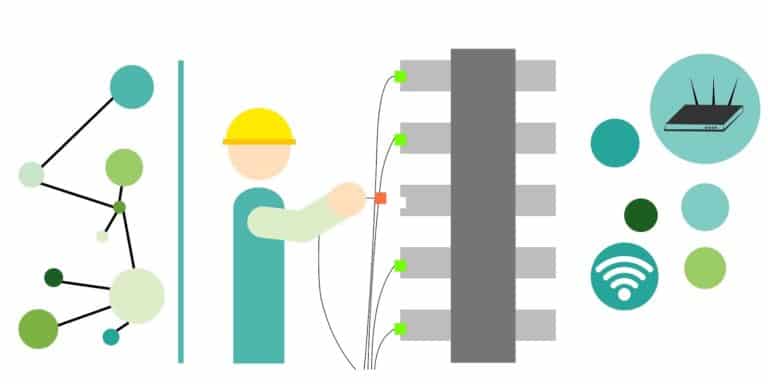What is a Dual-Band WiFi?
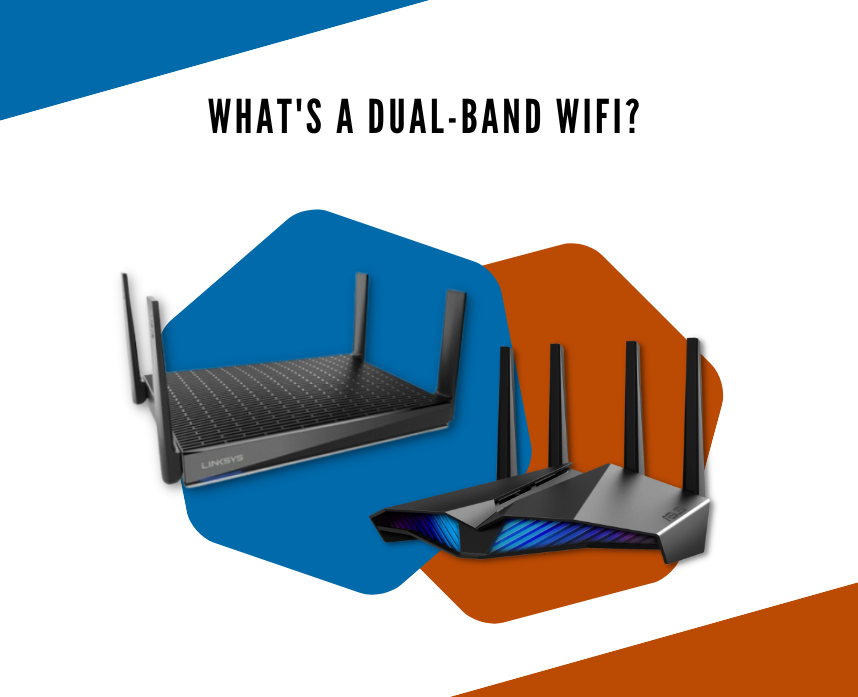
In today’s world, we rely heavily on the internet for work, entertainment, and communication. With the increasing demand for faster internet speeds, WiFi technology has evolved to provide better connectivity. One such development is the introduction of dual-band devices.
Dual-band connectivity is becoming increasingly popular these days and for a good reason. They offer access to two different frequencies, each with its own unique benefits.
In this article, we’ll take a closer look at what dual-band WiFi is and how it can improve your browsing, gaming, and streaming experiences.
Table of Contents
What is Dual-Band WiFi?

Dual-band WiFi is a wireless technology that utilizes two frequency channels: 2.4GHz and 5GHz. These channels provide faster and more reliable internet connections, and they allow devices to connect to the less congested and faster 5GHz band when available.
This results in getting improved performance and reduced interference. To add this means that a dual-band device offers faster and more reliable internet speeds and can support multiple devices simultaneously.
2.4 GHz and 5 GHz: What’s the difference?
2.4GHz and 5GHz are two different frequencies at which Wi-Fi signals are transmitted. The main difference between them is the speed and range of the signal.
The 2.4GHz frequency is the most commonly used frequency for Wi-Fi and has a longer range. However, it is also more susceptible to interference from other devices that use the same frequency. These devices include:
- Microwaves
- Wireless phones
- Smart locks
- Thermostats
- Smart TVs
- Bluetooth devices
- Baby monitors
Additionally, 2.4GHz is a more crowded frequency channel than 5GHz, which can lead to interference from other devices that use the same frequency. This interference can result in slower data transfer speeds and reduced network performance.
On the other hand, the 5GHz frequency has a shorter range but higher bandwidth, which means it can transmit data at a faster rate.
It is also less susceptible to interference from other devices, which makes it a better option for streaming video or gaming. However, because of its shorter range, it may not be as effective in larger homes or spaces with multiple walls and obstacles that can interfere with the signal.
Pros and Cons of Dual-Band WiFi

As the demand for reliable and fast internet continues to increase, more and more people are turning towards dual-band WiFi routers. These routers have the ability to broadcast on both the 2.4GHz and 5GHz frequency channels, making them a popular choice for both home and business networks. However, like any technology, there are both pros and cons to using a dual-band WiFi router.
Pros
1. Faster Speeds: By using both frequencies, dual-band WiFi routers can provide faster WiFi speeds. The 5GHz channel is less congested and therefore can offer faster speeds than the 2.4GHz band.
2. Better Range: The 2.4GHz has a longer range than the 5GHz, which means that dual-band WiFi routers can provide better coverage throughout your home or office.
3. Reduced Interference: Dual-band WiFi routers can help reduce interference from other devices. This is because some devices, such as microwaves and cordless phones, operate on the 2.4GHz band and can interfere with WiFi signals.
4. Multiple Devices: Dual-band WiFi routers are great for households or businesses with multiple devices. By using both frequency bands, more devices can connect to the network without experiencing slow speeds or dropouts.
Cons
1. Cost: Dual-band WiFi routers are typically more expensive than single-band routers. This is because they require more components to broadcast on both frequency channels.
2. Compatibility: Not all devices are compatible with both frequencies. Some older devices may only be able to connect to the 2.4GHz band, which means they may not be able to take advantage of the faster speeds offered by the 5GHz band.
3. Signal Interference: Although dual-band WiFi routers can help reduce interference from other devices, they can also interfere with each other. If you have multiple dual-band WiFi routers in close proximity, they may interfere with each other’s signals.
4. Configuration: Dual-band WiFi routers can be more difficult to set up and configure than single-band routers. This is because they have more settings and options that can affect the performance of the network.
Dual-Band Routers

A dual-band router is a wireless networking device that operates on two different frequencies, usually 2.4GHz and 5GHz. The 2.4GHz band is more crowded and prone to interference from other devices, while the 5GHz band is less congested and offers faster speeds.
Check out our top 5 dual-band routers in 2023 and see which router works best for you.
Benefits of a Dual Band Router
1. Improved Performance: With a dual-band router, you can separate your devices into different frequencies, reducing congestion and improving performance. This is especially helpful when streaming video or gaming.
2. Better Coverage: The 2.4GHz band has a longer range than the 5GHz band, so having both frequencies available can improve coverage in different areas of your home.
3. Compatibility: Most devices are compatible with a dual-band router, so you don’t have to worry about upgrading your devices to take advantage of the improved performance.
How to Choose a Dual-Band Router
When choosing a dual-band router, consider the following factors:
1. Speed: Look for a router with a high-speed rating, especially if you plan on streaming video or gaming.
2. Range: Consider the size of your home and choose a router with enough range to cover all areas.
3. Price: Dual-band routers can range in price from budget-friendly to high-end. Determine your budget and choose a router that meets your needs.
4. Brand: Choose a reputable brand with good customer reviews and support.
Dual-Band Wi-Fi Adapters

A dual-band Wi-Fi adapter is a device that plugs into your computer or laptop’s USB port and allows you to access a wireless internet connection.
The dual-band feature helps to improve the strength and stability of your internet connection, making it ideal for gamers and those who stream high-definition content.
Benefits of Dual-Band Wi-Fi Adapters
1. Faster Internet Speeds
Dual-band Wi-Fi adapters can transfer internet data at faster speeds than traditional adapters. This is because they operate on two different frequencies, which helps to reduce network congestion and interference, resulting in improved speed and performance.
2. Better Signal Strength
The 5 GHz frequency used by dual-band Wi-Fi adapters is less congested than the 2.4 GHz frequency. This means your adapter can pick up a stronger signal, resulting in better internet connectivity and fewer dropped connections.
3. Improved Range
Another benefit of using a dual-band Wi-Fi adapter is that it has a more extended range than traditional Wi-Fi adapters. This is because the 5 GHz frequency used by these adapters can travel further than the 2.4 GHz frequency.
4. Compatibility
Dual-band Wi-Fi adapters are compatible with most modern routers, making them a suitable choice for those looking to upgrade their internet connectivity.
5. Multiple Device Connectivity
Since dual-band Wi-Fi adapters operate on two different frequencies, they can connect to multiple devices simultaneously without any performance issues.
Dual-Band Phones

A dual-band phone is a smartphone that is capable of operating on two different frequencies, the 2.4 GHz and 5 GHz bands. These frequencies are used for wireless communication, and the dual-band phone can switch between them depending on the network’s availability and requirements.
Benefits of a Dual-Band Phone
1. Faster Internet Speeds: Dual-band phones can access the 5 GHz frequency, which is less congested, resulting in faster internet speeds compared to the 2.4 GHz frequency.
2. Better Connectivity: With dual-band phones, users can connect to both 2.4 GHz and 5 GHz Wi-Fi networks, providing a better connection and less interference from other devices.
3. Improved Battery Life: As the dual-band phone can switch between the two frequencies, it uses less battery power compared to a single-band phone that can only use one frequency.
4. Better Signal Strength: Dual-band phones have a better signal strength due to their capability to switch frequencies, resulting in less interference from other devices, and providing better coverage overall.
5. Compatibility with the Latest Technology: As more and more devices now use 5 GHz frequency, having a dual-band phone ensures compatibility with the latest technology and devices.
The Bottom Line
To sum it up dual-band Wi-Fi is a WiFi technology that can greatly enhance your internet speed and coverage. With two distinct frequency bands, you can enjoy faster internet speeds, reduced network congestion, and better connectivity.
If you’re looking to upgrade your internet experience, consider investing in a dual-band Wi-Fi router.
Related Articles:

